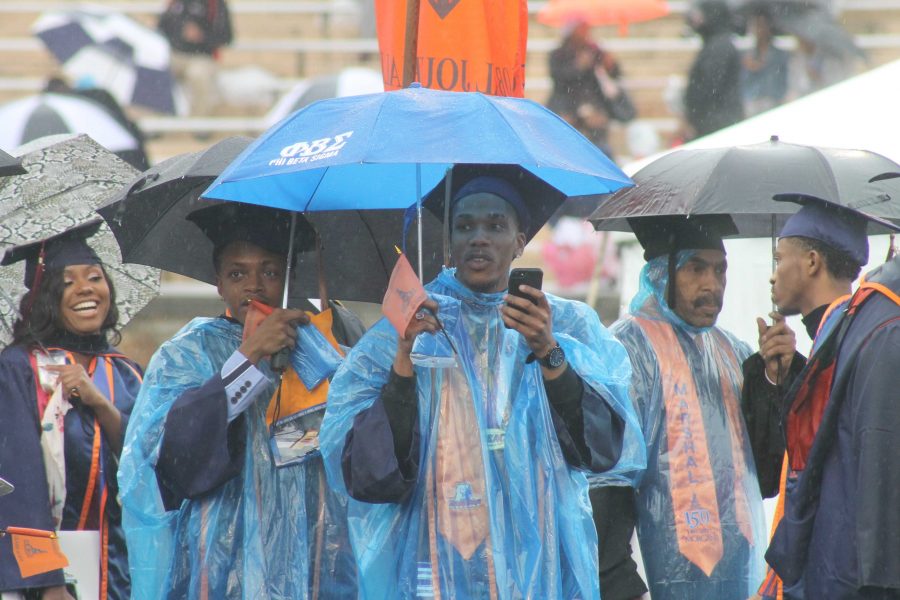Morgan State University will hold a ceremonial opening its new School of Global Journalism and Communication on October 3. Dignitaries and journalists from around the country will gather on campus to mark the occasion, including members of the Board of Regents, Congressman Bill Cummings, Byron Pitts from ABC News and Paul Delaney, longtime New York Times reporter. The ribbon-cutting will also feature a series of events examining the role of black journalists 50 years ago at The Dream March and other landmark civil rights events in 1963.
Morgan State President David Wilson and Dean DeWayne Wickham announced the new school in August during the National Association of Black Journalists convention. “Just as we lead this country’s historically black colleges and universities in the production of Fulbright Scholars, we want to lead the way in producing a new generation of black journalists…journalists who are well prepared to work in the global village the world has become,” said Wilson.
The school was authorized by Board of Regents in 2008, but President Wilson wanted to carefully select who would lead the program from a department to its own entity. After a discussion over golf, Wilson and Wickham decided their vision for the new school matched. “It was more the potential I saw than the deficit,” said Wickham, referring to the limited resources and ambitious plans.
Wickham, a USA Today columnist, founder and former president of NABJ envisions a world class communication program with a strong strategic communications department and sharp skills to prep students for the future media realm. Through the use of laptops, smart phones, tablets and apps in classrooms Wickham intends to prepare students for the 21st century newsroom.
Morgan State is the fifth HBCU with a School of Journalism and stands alongside Howard University, Florida A&M University, Hampton University and Texas Southern University.
The new school will break off into three departments: multiplatform production, multimedia journalism and strategic communication. Multiplatform production will produce broadcast and print content, multimedia journalism will use digital media, radio, television and print to disseminate news. Strategic communications merges public relations, branding and marketing on a global scale.
“We live now today in a global village,” said Wickham. “If we look at the world narrowly through national boundaries we won’t understand journalism in the way that it has to be practiced today. Classes will talk about culture, race and view issues outside of the American centric. The global portion also includes international reporting opportunities with Africa, Cuba, Haiti and Jamaica.
Wickham has hired more faculty for the new school, including veteran journalists such as a Pulitzer Prize winner and the first black person to serve as a bureau chief from for the Associated Press in the US, Baltimore Sun and ESPN.
The school aims to create short term benefits for graduating seniors, including two-day writing boot camps with top public relation firms and media organizations and professionals.
Expected seasoned journalists are Harlem natives William “Bill” Roden, sports columnist for The New York Times and Les Payne, former Newsday editor and Pulitzer Prize winner. “We’re raiding Harlem to get people to come in and help build this program that I think will soon be one of the top programs of its kind in the nation,” says Wickham.
The school will also provide hands-on training for students through extracurricular organizations. Bear TV, a new television program is expected to air in February. “It’s just chilling. For the thirteen months I’ve been here the TV station has just been a concept- -it was an idea. And now I see the idea coming to fruition.”


